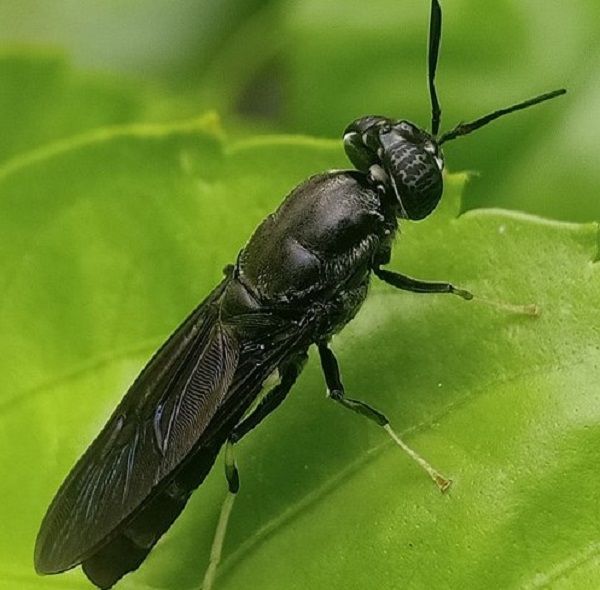Researchers have developed a process that uses insects as a source of chemicals to make biodegradable plastics.
The adult carcasses are being used as a new starting material for the researchers, especially as they contain chitin, a polymer chain with numerous uses.
“We’re taking something that’s quite literally garbage and making something useful out of it,” said Cassidy Tibbetts, a graduate student working on the project.
This nontoxic, biodegradable, sugar-based polymer strengthens the shell, or exoskeleton, of insects and crustaceans. Manufacturers already extract chitin from shrimp and crab shells for various applications, and Tibbetts has been applying similar techniques to extract it from the insect carcasses and purify it.
The researchers believe the fly-sourced chitin powder is actually purer than counterparts, since it lacks the traditional product’s yellowish colour and clumpy texture. Obtaining chitin from flies could also mitigate the possible issue of seafood allergies.
The purified fly chitin is then converted into a similar polymer known as chitosan, which can in turn be used to produce useful bioplastics such as superabsorbent hydrogels – 3D polymer networks that absorb water.
“Here in Texas, we’re constantly either in a flood or drought situation,” said Karen Wooley, the project’s principal investigator. “So I’ve been trying to think of how we can make a superabsorbent hydrogel that could address this.”
In addition, because the hydrogel is biodegradable, it should gradually release its molecular components as nutrients for crops once it starts breaking down.
The team is also starting a project to break down chitin into its monomeric glucosamines – small sugar molecules that can be used to make bioplastics, which are traditionally made from petrochemicals.
Black soldier flies also contain many other useful compounds that the group plans to use as starting materials, including proteins, DNA, fatty acids, lipids and vitamins.
The products made from these chemical building blocks are intended to degrade or digest when they’re discarded, so they won’t contribute to the problem of plastic pollution.
“Ultimately, we’d like the insects to eat the waste plastic as their food source, and then we would harvest them again and collect their components to make new plastics,” Wooley said. “So the insects would not only be the source, but they would also then consume the discarded plastics.”
Source: E&T










